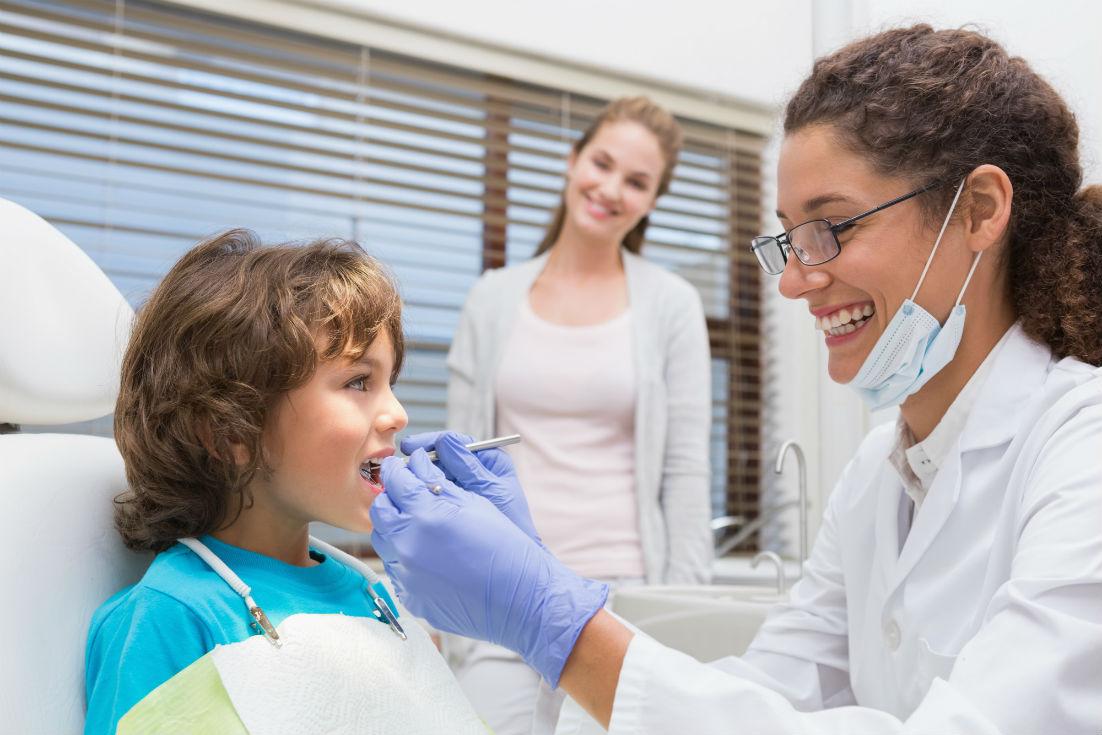San Pablo Pediatric Dentistry - Dentist for Kids
 With advanced pediatric dental training and equipment, San Pablo Smiles Dentistry has been recognized as a leading pediatric dental provider in San Pablo and the surrounding communities. While most dentists refer their pediatric cases, Dr. Lisa Pham is equipped to treat your child's dental issues directly in our office. By specializing in pedodontics, we can provide a true "family" practice where we address the dental needs of your entire family in our San Pablo office location.
With advanced pediatric dental training and equipment, San Pablo Smiles Dentistry has been recognized as a leading pediatric dental provider in San Pablo and the surrounding communities. While most dentists refer their pediatric cases, Dr. Lisa Pham is equipped to treat your child's dental issues directly in our office. By specializing in pedodontics, we can provide a true "family" practice where we address the dental needs of your entire family in our San Pablo office location.
A Window to Your Child’s Health
We are born with two sets of teeth, primary or baby and secondary or permanent. Primary teeth begin to appear at about six to eight months. 20 teeth make a complete set and all are in by age three. The permanent teeth start to grow at about age six and all are present except the wisdom teeth between the ages of twelve to fourteen. Don’t ignore baby teeth because the baby teeth are responsible for guiding the permanent teeth into their proper place in the mouth.


